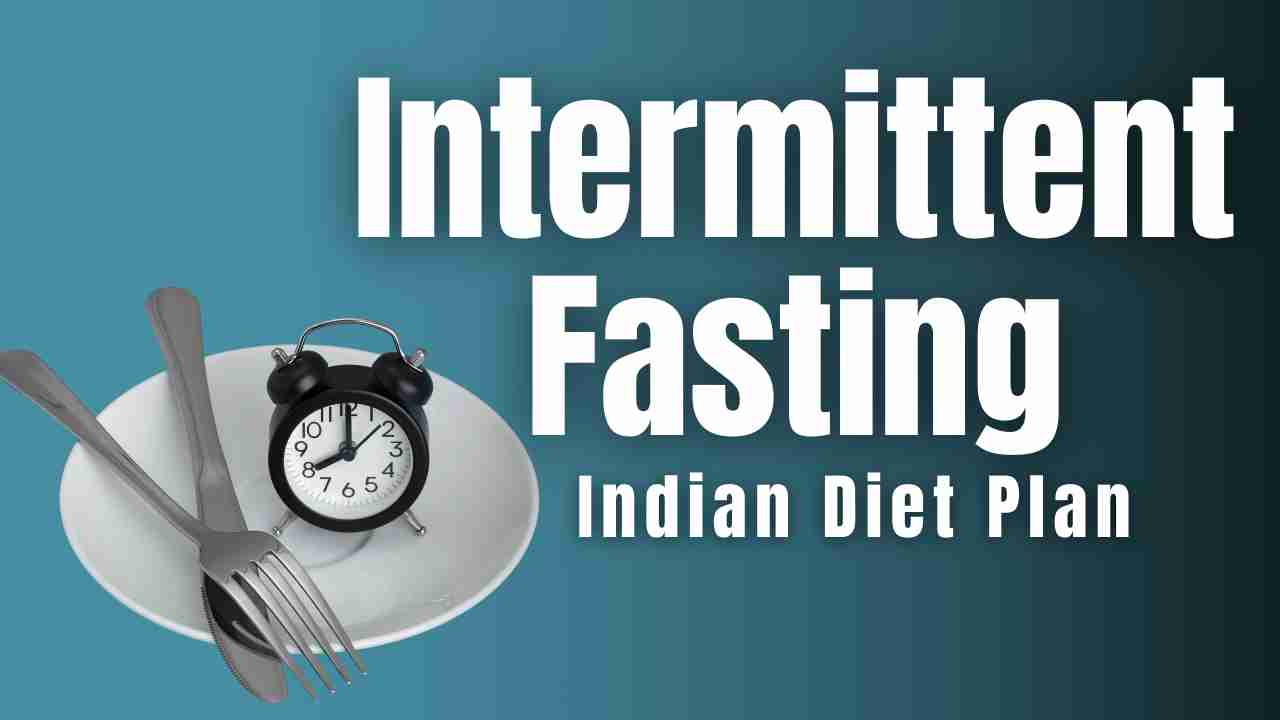The practice of Yoga from the ancient to modern era has one very common, it can be practiced anywhere and does not need any heavy equipment and Types of Pranayama, but what’s unmatching is the “reason.” Some use Yoga for weight loss, and some to relax their inner anxiety. Still, whatever the reason, it indeed leads to the right course of action.

This article will help you to find the benefits of pranayama and the types of pranayama. In short, say, Pranayama is a yoga practice that involves the control of the breath. There are more than ten types of pranayama, according to the journal to journal, but if I just categorize them, Pranayama can be broken down into two categories, respiratory and digestive. Respiratory pranayama involves controlling the breath to improve breathing patterns and increase oxygen uptake. Digestive pranayama helps to improve digestion by calming the stomach and intestines.
Table of Contents
What is Pranayama in Yoga?
Although the interpretation of pranayama as control of breath in a way correct but the story is not that simple; by dissecting it into two parts, you will understand “Prana” means “vital energy” or “life force,” and “Ayama” means “extension or expansion.” In many texts, you must have observed the meaning of control as the meaning of Yama, which is correct, but in Pranayama, the other part is “Ayama,” not “Yama,” hence the difference.
In simple words, the pranayama is not only to push some extra oxygen into the lungs, but it also utilizes breathing to influence the “extension of the dimension of prana.” The process activates and channelizes your vital energy in order to go beyond one’s normal boundaries and attain a higher state of vibratory energy.
Four aspects of Pranayama
Whether you are a beginner or a pro, irrespective of the type of Pranayama you are performing, you are going to use these four aspects of breathing [1].
1. Pooraka – inhalation
2. Rechaka – exhalation
3. Antar Kumdhaka – internal breath retention
4. Bahir Kumbhaka – external breath retention
Types Of Pranayama?
Nadi Shodhana pranayama (psychic network purification)
“Nadi” means “channel or flow” of energy, and “Shodhana” means “purification.”
- Sit in the comfortable meditation position (those who can’t sit in this position can keep the backbone straight and lean back against the wall outstretching the legs)
- Adopt Nasagra mudra (the thumb above the right hand on the right nostril and ring finger above the left nostril)
- Close the right nostril with the thumb and inhale and exhale at a normal pace from the left nostril five times. Upon completion, repeat the same by closing the left nostril with the ring finger with the right nostril.
- Again close the right nostril with the thumb and breath in from the left nostril (until the completion of inhalation in mind, count the repetition of “Om”)
- Release the pressure from the right nostril and close the left nostril with the ring finger, and exhale with the right nostril (again, count the repetition of “Om”)
- Note: the inhale and exhale duration should be equal, meaning no. of times you chanted Om during inhalation should be equal to Om at the time of exhalation.
- Now, the same way, inhale with the right nostril, keep counting in the same manner, and exhale from the left nostril by closing the right nostril.
- This will complete the one full cycle of Nadi Shodhana pranayama and repeat the whole cycle at least ten times.
- As you practice and become used to it, with time, keep increasing the count by one Om until the count is equal to 12:12.
- With the mastery of this technique, you may move on to other stages of this technique like
o Antar Kumbhaka (inner retention)
o Antar and Bahir Kumbhaka (inner and outer retention)

Benefits and Types of Pranayama and Precaution

Yoga Asanas for Beginner’s weight loss
Benefits of Nadi Shodhana pranayama
The ratio of inhalation and exhalation has a calming rhythm for the brain and heart.
This may help in the treatment of cardiovascular disease and nervous system disorders, especially stress-related conditions.
Kapalabhati Pranayama (frontal brain cleansing breath)
The “Kapal” means “forehead,” and the “bhati” means “shining.”
- Sit in any comfortable position (Meditation asana, Padmasana, or Siddha yoni asana)
- Keep your head and spine straight, and let your hands rest on your knee (either chin or jnana mudra)
- Close your eyes and relax your whole body.
- Through both nostrils, take a deep breath, expand the abdominal muscles, and exhale with a forceful contraction of the abdominal muscle (bring your navel back towards the spine).
- Upon exhalation, passively breath in expanding abdominal muscle. (inhalation should be with no efforts spontaneous or passive recoil)
- As a beginner, do at least ten repetitions by counting mentally.
Caution:
- Most importantly, rapid breathing should be from the abdomen instead of the chest.
- Kapalabhati should be practiced after asanas and immediately before Dharana meditation techniques.
- In case of pain and dizziness, stop immediately.
- It shouldn’t be practiced by heart disease, high blood pressure, vertigo, epilepsy, stroke, and gastric ulcer patient.
Benefits of Kapalabhati pranayama
- Removes sensory distractions from the mind
- It energizes the mind, removes sleepiness, and prepares the mind for meditation.
- Patients with lung diseases like tuberculosis, asthma, bronchitis, etc., must practice it every day since it has a cleansing effect on the lungs.
- Strengthens the nervous system and gut organs

Surya Bheda Pranayama (vitality-stimulating breath)
The “Surya” means “Sun,” referring to Pingala Nadi, and “Bheda” means “Pierce or Pass through or awaken,” then Surya Bheda refers to “pierce or purify Pingala Nadi.”
- Sit in a comfortable meditation position.
- Place your hands on the knee (chin or jnana mudra)
- Relax your whole while closing the eye
- Watch the breath for a few minutes until it naturally becomes slow and deep.
- Press the left nostril with a ring filter to block it and inhale from the right nostril slowly and deep.
- Upon inhalation and filling the lungs close the right nostril as well with the thumb, retain the breath, and perform Jalandhara and Moola bandhas.
(Jalandhara– place the hands on the knee, keeping the back straight, lift the shoulder and tilt the body slightly forward and press the chin firmly against the chest & Moola bandhas: concentrate on Muladhara Chakra and firmly contract the anal muscles)
Note: maintain only for a few seconds if you are a beginner.
- Release the Mool bandhas and then Jalandhara.
- Once the head is upright, release the breath slowly from the right nostril while keeping the left nostril closed.
Precaution
- Never perform it after food, as it interferes with the natural flow of energy associated with digestion.
- Never perform this pranayama exercise for more than 30 mins; it may disturb the breath cycle.
Benefits of Surya Bheda Pranayama
- Help in performing physical activities more efficiently; recommended for dull and lethargic people.
- Help alleviate depression and also help introverts to open up and communicate with the external world.
- Treatment of infertility, low blood pressure, and worms.
Sheetal Pranayama (cooling breath)
“Sheetal” means “something which is calm, passionless, and soothing.”
- Sit comfortably in a meditation position.
- Relax your whole while closing your eye.
- Roll your tongue in an upward direction (it should look like a tube) and extend out of the mouth as much as possible.
- Inhale through this tongue tube, and at the end of inhalation, bring back the tongue inside the mouth.
- Exhale the breath from the nose.
Note: while inhaling, you will feel the Icy coldness on the tongue and roof of the mouth.
- Practice this pranayama exercise at least nine times.
Precautions
- Avoid practicing this technique in dirty, polluted areas or cold weather.
- Practice after asanas that elevate body temperature to balance the body temperature.

Best 7 days Intermittent fasting diet plan Indian

The Truth About Calorie Counting: Balancing Weight Loss and Mental Health
Benefits of Sheetal Pranayama
- By following this pranayama, you can cool your body as well as your mind.
- Effects on the brain areas which control biological drives and temperature of the body.
- Reduce blood pressure and acid stomach.
- It gives better control over thirst & hunger and generates a feeling of satisfaction.
- Induce muscular relaxation
- Sleep tranquilizer means acts as medication to reduce tension and anxiety hence inducing sleep.
Bhramari pranayama (humming bee breath)
“Bhramari” means “bee;” during practice, the sound produced is the imitation of black bees.
- Sit comfortably in a Padmasana position.
- Keep the spinal cord erect, head straight, and hands resting on the knee in the chin position.
- Close your eyes, relax the whole body, and let lips gently close and teeth slightly apart with relaxed jaws during the entire session.
- Close your ears with the index or middle finger either by plugging in or pressing the ear flaps.
- Focus on the center of the head in place of the Ajna chakra while keeping your body still.
- Take in the breath through your nose and release slowly in control manner while making a deep, steady humming sound just like a bee.
- At the end of the exhalation, breath in again and repeat the entire process five times.
Note: the sound should be smooth, even, and continuous throughout the exhalation, making the front of the skull reverberate.
Benefits of Bhramari pranayama
- It Relieves stress and cerebral tension
- Reduces anger, anxiety, and insomnia
- Strengthens and improves voice
- Accelerates healing of body tissue and hence may be used after operations.
Other than these, there are other pranayama you will learn in detail in the next part of the pranayama.
- Moorchha pranayama (swooning or fainting breath)
- Bhastrika pranayama (bellow breath)
- Ujjayi pranayama (the psychic breath)
- Seetkari pranayama (hissing breath)
Reference: Swami Satyananda Saraswati (2006). Asana Pranayama Mudra Bandha. Yoga Publications Trust, Munger, Bihar, India.





